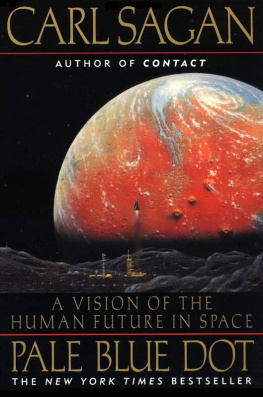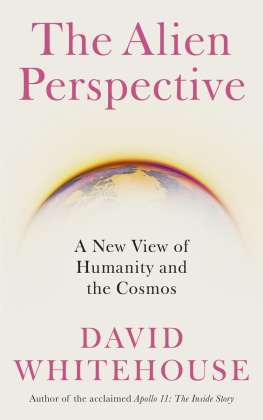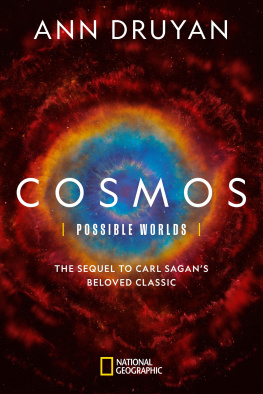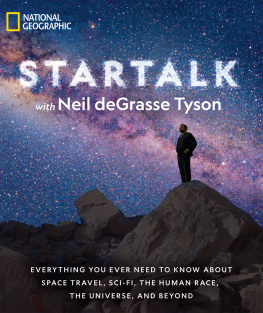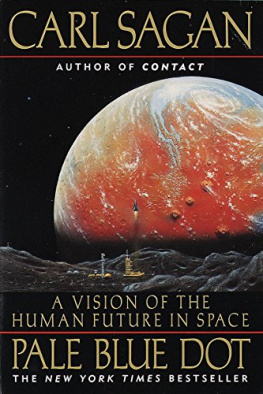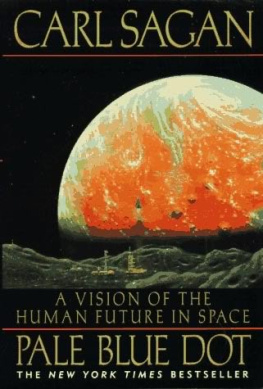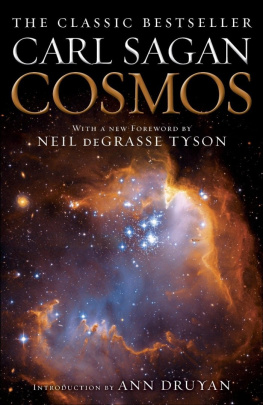1962 First scientific discovery in interplanetary space -direct observation of the solar wind (Mariner 2)
1976 First successful Mars landing; first spacecraft to search for life on another planet (Viking 1)
Soviet Union/Russia
1957 First artificial satellite of the Earth (Sputnik 1)
1957 First animal in space (Sputnik 2)
1959 First spacecraft to escape the Earths gravity (Luna 1)
1959 First artificial planet of the Sun (Luna 1)
1959 First spacecraft to impact another world (Luna 2 to the Moon)
1959 First view of the far side of the moon (Luna 3)
1961 First human in space (Vostok 1)
1961 First human to orbit the Earth (Vostok 1)
1961 First spacecraft to fly by other planets (Venera 1 to Venus; 1962 Mars 1 to Mars)
1963 First woman in space (Vostok 6)
1964 First multi-person space mission (Voskhod 1)
1965 First space walk (Voskhod 2)
1966 First spacecraft to enter the atmosphere of another planet (Venera 3 to Venus)
1966 First spacecraft to orbit another world (Luna 10 to the Moon)
1966 First successful soft landing on another world (Luna 9 to the Moon)
1970 First robot mission to return a sample from another world (Luna 16 to the Moon)
1970 First roving vehicle on another world (Luna 17 to the Moon)
1971 First soft landing on another planet (Mars 3 to Mars)
1972 First scientifically successful landing on another planet (Venera 8 to Venus)
1980 First approximately year-long manned spaceflight
1981 (comparable to Mars flight time) (Soyuz 35)
1983 First full orbital radar mapping of another planet (Venera 15 to Venus)
1985 First balloon station deployed in the atmosphere of another planet (Vega 1 to Venus)
1986 First close cometary encounter (Vega 1 to Halleys Comet)
1986 First space station inhabited by rotating crews (Mir)
Wanderers:
An Introduction
But tell me, who are they, these wanderers?
Rainer Maria Rilke, The Fifth Elegy (1923)
We were wanderers from the beginning. We knew every stand of tree for a hundred miles. When the fruits or nuts were ripe, we were there. We followed the herds in their annual migrations. We rejoiced in fresh meat. through stealth, feint, ambush, and main-force assault, a few of us cooperating accomplished what many of us, each hunting alone, could not. We depended on one another. Making it on our own was as ludicrous to imagine as was settling down.
Working together, we protected our children from the lions and the hyenas. We taught them the skills they would need. And the tools. Then, as now, technology was the key to our survival.
When the drought was prolonged, or when an unsettling chill lingered in the summer air, our group moved onsometimes to unknown lands. We sought a better place. And when we couldnt get on with the others in our little nomadic band, we left to find a more friendly bunch somewhere else. We could always begin again.
For 99.9 percent of the time since our species came to be, we were hunters and foragers, wanderers on the savannahs and the steppes. There were no border guards then, no customs officials. The frontier was everywhere. We were bounded only by the Earth and the ocean and the skyplus occasional grumpy neighbors.
When the climate was congenial, though, when the food was plentiful, we were willing to stay put. Unadventurous. Overweight. Careless. In the last ten thousand yearsan instant in our long historyweve abandoned the nomadic fife. Weve domesticated the plants and animals. Why chase the food when you can make it come to you?
For all its material advantages, the sedentary life has left us edgy, unfulfilled. Even after 400 generations in villages and cities, we havent forgotten. The open road still softly calls, like a nearly forgotten song of childhood. We invest far-off places with a certain romance. This appeal, I suspect, has been meticulously crafted by natural selection as an essential element in our survival. Long summers, mild winters, rich harvests, plentiful gamenone of them lasts forever. It is beyond our powers to predict the future. Catastrophic events have a way of sneaking up on us, of catching us unaware. Your own life, or your bands, or even your species might be owed to a restless fewdrawn, by a craving they can hardly articulate or understand, to undiscovered lands and new worlds.
Herman Melville, in Moby Dick, spoke for wanderers in all epochs and meridians: I am tormented with an everlasting itch for things remote. I love to sail forbidden seas

